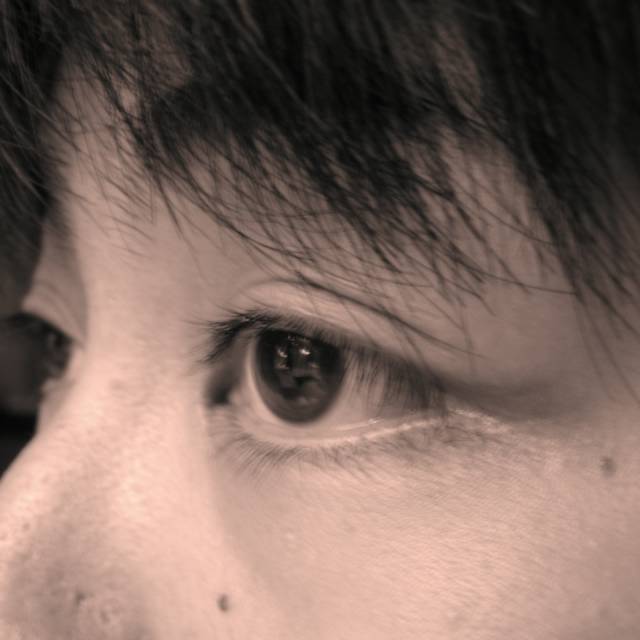read it, not live it: after reading "After Dark"
I just finished reading Haruki Murakami's newest novel "After Dark" last night, against my will to go to bed early this time. Hah.
It is a compelling read, as is always the case with his writings, but it has a radically different feel from his other works. The first source of discomfort is the unusually long and detailed description of the setting. The eye (so to speak) hovers in the midnight sky and then gradually sinks down into a megaloplois, finally focusing on an all-night family restaurant where one of the characters is observed. The sky, the lights of the city, the neon signs, the first influx of nocturnal people mixed with the leftover of the diurnals---everything is described closely, over two pages, with grotesque physiological simile.
[...] the city looks like a huge creature. Or it looks like an aggregate made up of numerous intertwined creatures. Countless blood vessels extend as far as the ends of the ambiguous body, circulate blood, replace the cells incessantly. (my tentative translation, p.3 of the original Japanese version)As far as I can recall, Murakami is not the kind of author who pours incredible amount of effort into portraying the surroundings, and even when he does it, the description tend not to stand out by itself, smoothly and almost unnoticeablly integrated into our reading experience. (It could be that my way of reading has changed over time, though.) However, it is not the case with "After Dark." The detailed description demands our attention throughout the book, but especially in the opening few pages. The reason seems to be closely connected with the other "unusualness" of the novel: the nonexistence of the central "I" the narrator/protagonist.
Many, if not all, of Murakami's novels are written in the first person narrative, featuring a male narrator/actor through whose eyes we see the narrative world. The single gaze brings coherence to the novel, as well as somehow giving all the novels a similar, distinguishable feel of "Murakami world". Even though "After Dark" does have two characters on whom a significant part of the text is allocated, however, there is no single narrator/actor in this book who weaves meaning out of the chaotic world for us, packages it in words, and presents it to the readers. Instead, readers are asked to fill in this void as a part of the collective "we," through whose camera-like omniscient eyes the settings, characters, and events are witnessed and recorded.
We are watching her as a viewpoint that we have become. It might be more appropriate to say that we are stealing a look at her. The viewpoint can freely move in the room as a camera floating in the air. (my translation, from p.35 of the original)With the introduction of the "we" the witness/narrator, the author successfully involved his readers more deeply and consciously into the narrative world, for the book does not offer a ready-made interpretation of the world by the narrator/protagonist any more (however confused it might be, a narration done by a character carries his interpretation of the narrative world inherently, thus freeing us from the burden of interpretation). Indeed, it might be safe to say that this novel is partly an author's experiment to bring the dynamics of reading experience to readers' consciousness. Deprived of a coherent, single person's interpretation of the narrative world handed to us as a narration by a protagonist, and explicitly referred to as "we" the witnesses/reporters, readers are made aware of what they do as readers; perceive the parts, interpret them, and weave them into a single, coherent story of their own. Detailed description was necessary as a raw material for the purpose, and it was more noticeable exactly because we were compelled to notice it to understand the narrative world.
It is a unique novel, probably different in style from any other Murakami's novels. In his other works, the meanings of the narrative world are packaged as a narrator's interpretarion, thus enabling readers to smoothly "live" the world. In contrast, readers are asked to join the witness/reporter "we" and to consciously interpret the world by themselves. Instead of "living" the book, readers are asked to "read" it. We all build our own interpretation of any book we read, but it might or might not be made conscious. To read "After Dark" is to do it in our conscious level. In that sense, the book seems to explicate what it really means to "read" a text.
(There are so many other things that I wish I could write about, especially concerning the mystery of the sleeping beauty and how well the novel captures the feel of contemporary nocturnal Tokyo. But I have mumbled enough today. Hopefully I'll come back to the topic sometime soon.)



0 Comments:
Post a Comment
<< Home